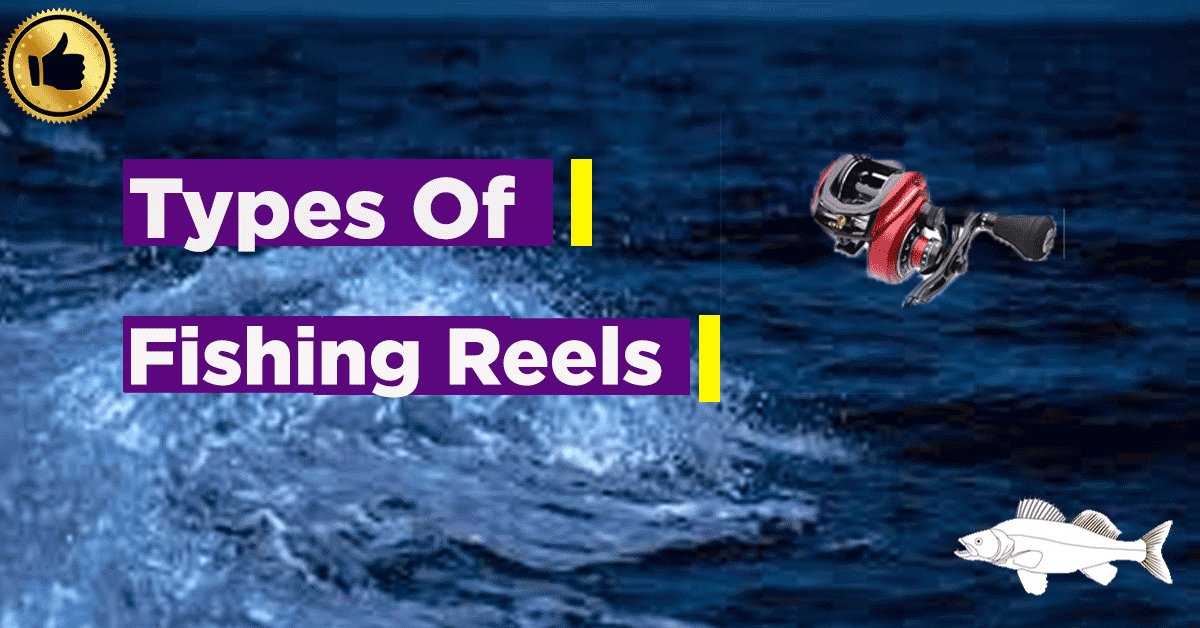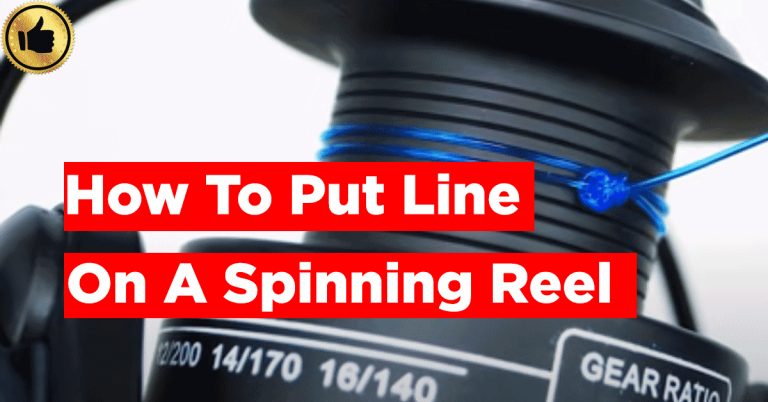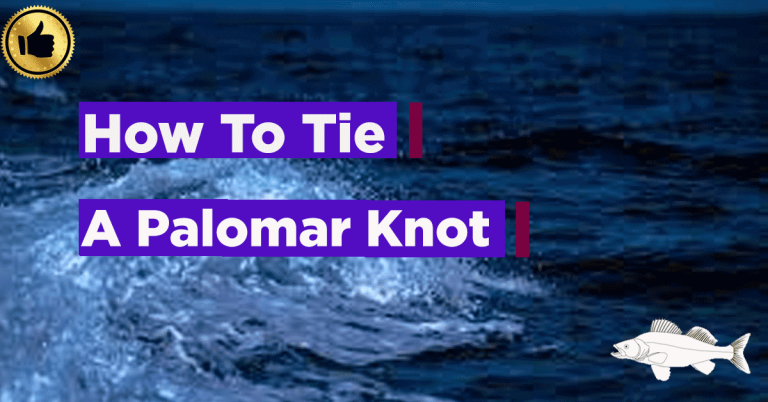Types Of Reels for Fishing
Choosing the best one fishing reel that is relevant and applicable is the most difficult task. Before buying a fishing reel, we’ll cover the main types of reels for fishing, We’ll discuss these studies, and it matters a lot which types of reels for fishing you are going to buy? I recommend you find them helpful?
From the user’s perspective, what types of fishing reels should an angler buy? Would it be convenient? What are the specifications of the reel and How much does it cost? And which types of reels are suited for which situations?
After reading, you will be as clear as a bell about the confusion and will understand the answers to these questions before attempting to purchase a reel. Here we will focus on the main types of reels for fishing.
Types of Reels for Fishing:
- Spinning reels
- Baitcasting reels
- Spin casting reels
- Fly fishing reels
We’ll discuss each reel in detail by monitoring the distinctions between these capacities and highlights will assist you with concluding which one will be the most ideal choice for your particular condition.
Here is a top to bottom report on these four types of fishing reels, including their benefits and detriments, and what each type is best utilized for.
Different Types of Reels for Fishing
1. Spinning reels
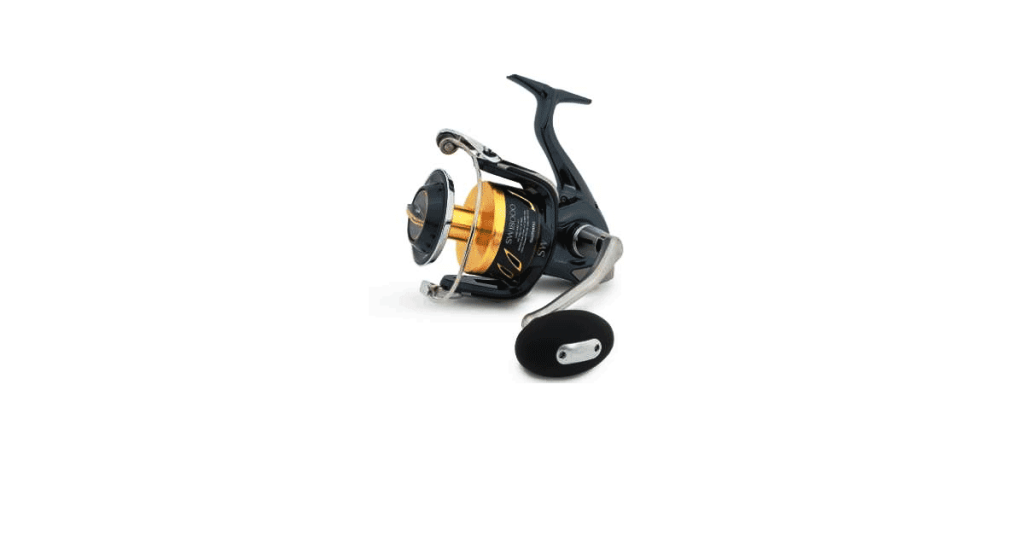
The renowned spinning reels are widely used nowadays and are more reliable and friendlier than spin-cast reels. The anglers found it more efficient and trustworthy.
Open face reel:
We are often confused about the open-face reel and how we find it different from the spinning reel.
That’s simply because there is no dissimilarity between the two.
Originally, the spinning reel was called an open face reel because, on the grounds, the fishing reels started with a close face reel which was subsequently altered into an open face genuine.
Specifications:
The spinning reels come with open face style and are at the topmost dragging. They cast quickly and are more exact and accurate as compared to spinning reels. The Spinning fishing reel likewise has an amazing line limit.
A Spinning reel includes opening the bail and hanging tight with your pointer finger to keep the line instructed. Next, you can cast and release your finger.
Spinning pulls are exceptional in that they join the bar from underneath. The reel hangs under the bar, so it has lovely and engaging. This sort of reel is incredible for anglers with well-defined familiarity with reels. This not simply gives a trademark standing firm on the circumstance, it moreover gives you a lovely harmony while anticipating. exploring and casting.
Casting:
The Spinning reel has a fair spool that lets on the line to carry on the cast. The turning fishing reel has a fair spool that allows the line to stream energetically on the cast, settling on it an extra settlement for slight draws and dragging can be easily handled by a dial paced at the front of the spool. This results in overcoming the backlash in the wind. Spinning reels are considered a good option for beginners.
The Spinning reel’s price ranges from $50- $150 for most the anglers. Spinning reels are said to be the all-rounder having multi-functional returns.
Furthermore, this sort of reel is costly and generally doesn’t proceed because they are not suitable for heavier lines with it. They also engage twists for having the shot spool size.
Pros:
Reasons to Buy
Reasons to Avoid
Conclusion:
Spinning reels are good in terms of reliability, adaptability, and all-rounder and are the foremost choice for many anglers and beginners. For a more detailed reel review, you can also check the Best spinning reels (Walley).
2. Baitcasting reels:
Bait casters are the foremost choice and are close to the angler’s heart.

The baitcasting reels are widely used by experienced anglers. The blend of power and precision made this reel so fast and user-oriented.
Baitcasting reels have much more moving parts as compared to the spinning reel or the spin cast reel. Therefore, they accompany an expectation to learn and adapt, yet dominating them, at last, takes your fishing match-up to a higher level.
Specifications:
First of all, you can observe that the bait caster is fixed on the upper top of the rod handle and comprises of strong design. The drag system is arranged alongside the reel handle.
The bait caster also has a spool torque handle and braking system. Primarily these are two elements used to change the leaving line out of the reel.
For what reason is this significant?
Casting
Baitcaster reels need to press the thumb to stop the line from spooling. These reels do not have the bail within themselves, so whenever you want, you can use the line while casting, which allows for smoother casting.
When baits are cast, one just has to lock the line through a clip.
Baitcaster reels start to let go of the line while casing in a direction. On the other hand, spinning reels releases the lines in a round motion as bait casting rods are minor. Bait casters also give you feelings of the line during the cast, then you can easily adjust the line according to your requirement.
Bait caster reels have enough powerful fishing reels. They are fully equipped to handle the heavy pulling and can manage the heavy lines. While fishing they provide the best outcomes for dealing with large fish. Baitcasters are also handy to be customizable for easy-going jobs as well the difficult ones.
Baitcasters always be there for you in different situations while one’s trying to pull the bottom fish or doing drop shots for the bass fishing.
Conclusion:
In short, Baitcaster reels are good in terms of reliability, adaptability, and all-roundability and are the foremost choice for many anglers and beginners. For a more detailed reel review, you can also check out the Best Baitcaster reel under $50, Best Baitcaster reel under $100, Best Baitcaster reel under $200, and Best Baitcaster reel under $300.
Reasons to Buy
Reasons to Avoid
3. Spincasting reels:
Spincasting reels are simple reels with basic designs with closed faces. It holds all elements inside underneath the nose cone. Perhaps, this is the perfect reel for beginners and novice anglers with a reasonable and affordable budget.
Specifications:
The spin cast reel holds all components inside lower the nose cone. On the back, there’s a button that effectively flips the line between free-spool and locked.
The fishing line is taken care of out of an opening in the cover. It has a button on the backside when pressed makes the casting forward and when pressed during casting, it makes the line pushes out and when the button gets released, it stopped the line.
Spin cast reel can be regulated according to the resistance in the reel So you can adjust the pressure on the line for the fish when it gets in your line. This reel can be used for customizing the dragging pressure. The Spin cast reel has the move close to the reel handle.
Casting:
Casting or projecting with a spin-cast reel could not be more straightforward. You should simply hold down the spool control button, take the swipe, and let it go. When you release the button, the line will hit the direction of the bar tip. At the point when you’re prepared to stop the line, simply press the button once again.
There are fewer chances for the backlash and twists in the line during casting. This type of reel is also inexpensive. On the other hand, the line isn’t as exact and doesn’t go to the extent that it would with different sorts of fishing reels. The reel shut face might harm the reel because it holds water inside the reel.
Reasons to Buy
Reasons to Avoid
4. Fly fishing reels
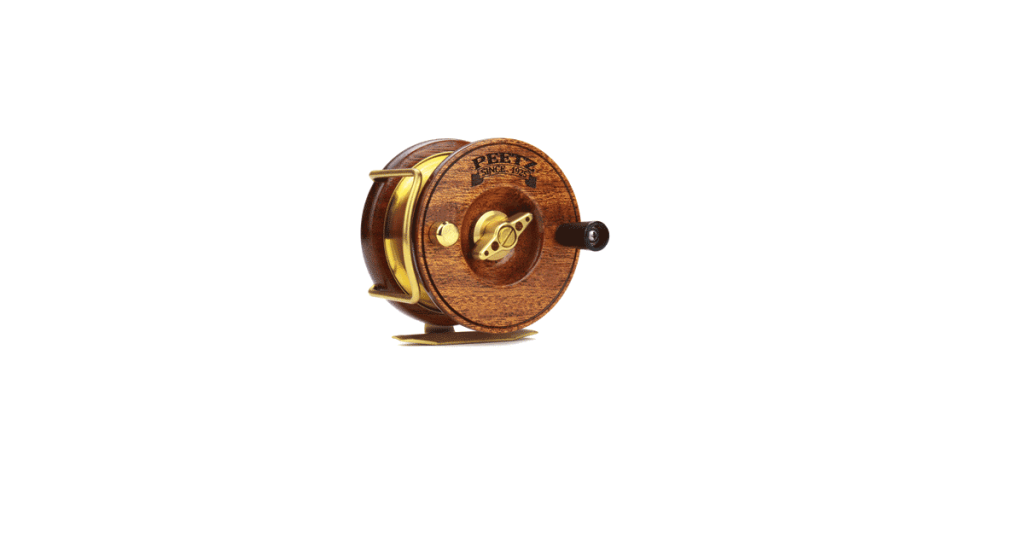
The new version of fly fishing reels implies quicker speed while reeling the line back onto the spool and in this way amplifies your proficiency on the water than the old one which has a greater distance from the foundation of the spool to the middle axle.
Specifications:
The name shows that these are very light weighted reels with designed lures. So while casting, this light-weighted reel uses the weight of the fishing line in place of lure weight.
Fly reels in a wide scope of sizes and qualities, worked for fish of different sizes, going from stream trout to salmon. Previously, this kind of fishing was saved for salmonid species, however, these days it has been adjusted to numerous different situations, including saltwater flies looking for species like mackerel and trevally.
The face of a fly reel is like that of a center pin reel, which is currently barely utilized longer. Very much like a center in the reel, a fly reel comprises a solitary spool that pivots around a middle pin and is intended to deal with a thick fly-fishing line successfully.
Anglers always apply drag to the line by squeezing their thumb on the spool, however, these days a large portion of them truly do incorporate a drag framework because there is no dragging available on fly reels.
Reasons to Buy
Reasons to Avoid
Conclusion:
Picking the right kind of fishing reel depends on you, what type of angler you are and what type of reel you would like to play. Ideally, this guide has settled on a choice somewhat more straightforward.
For More Fishing Gears Visit Fishing gain.
